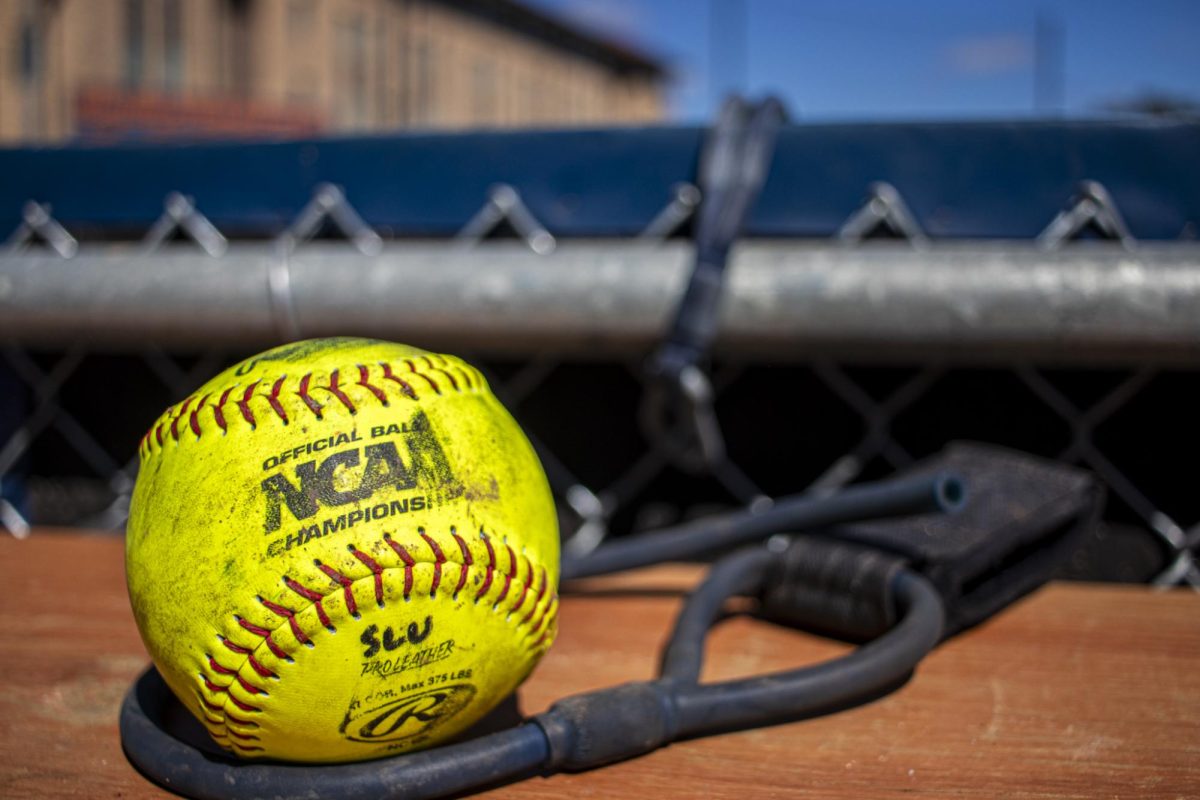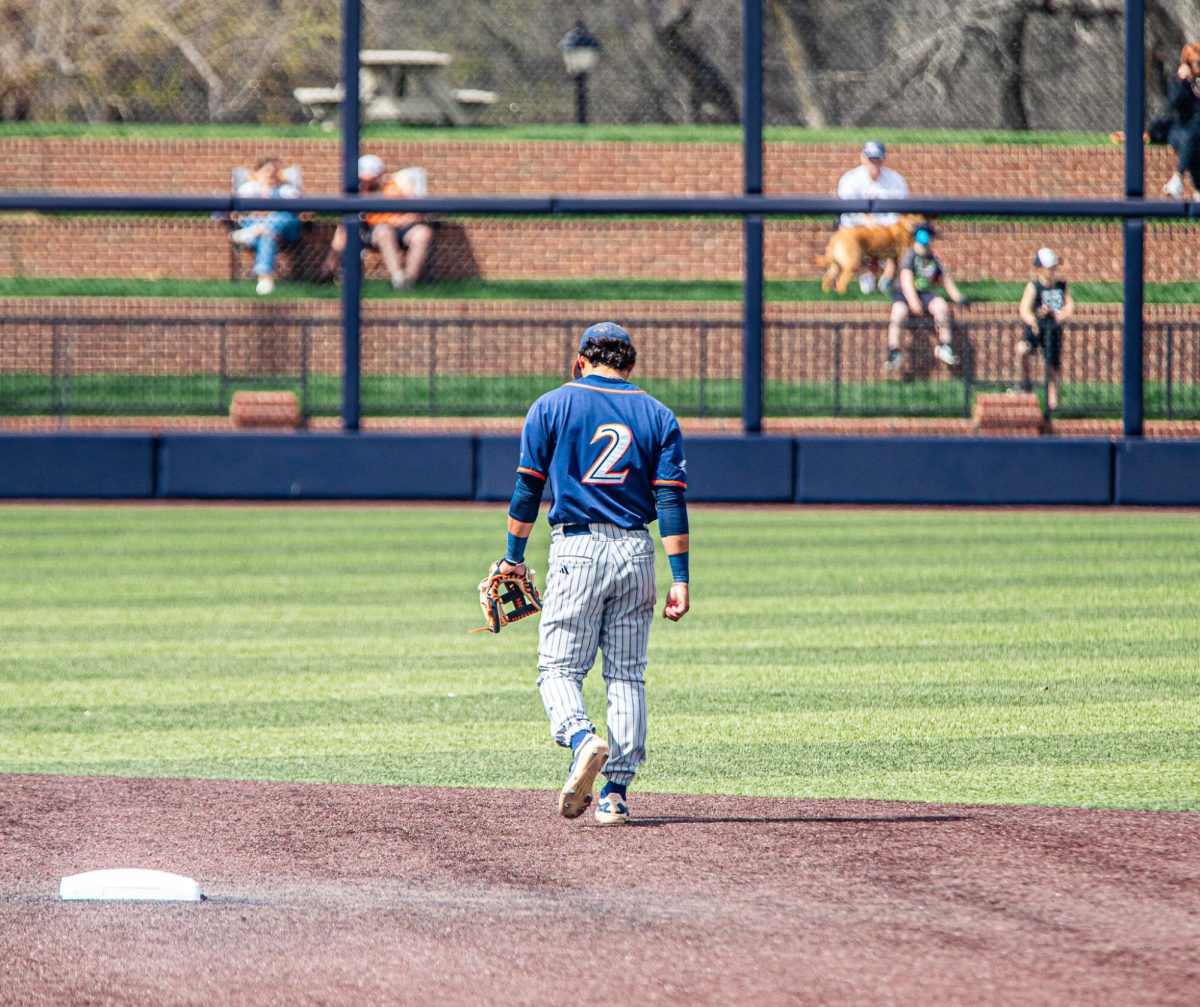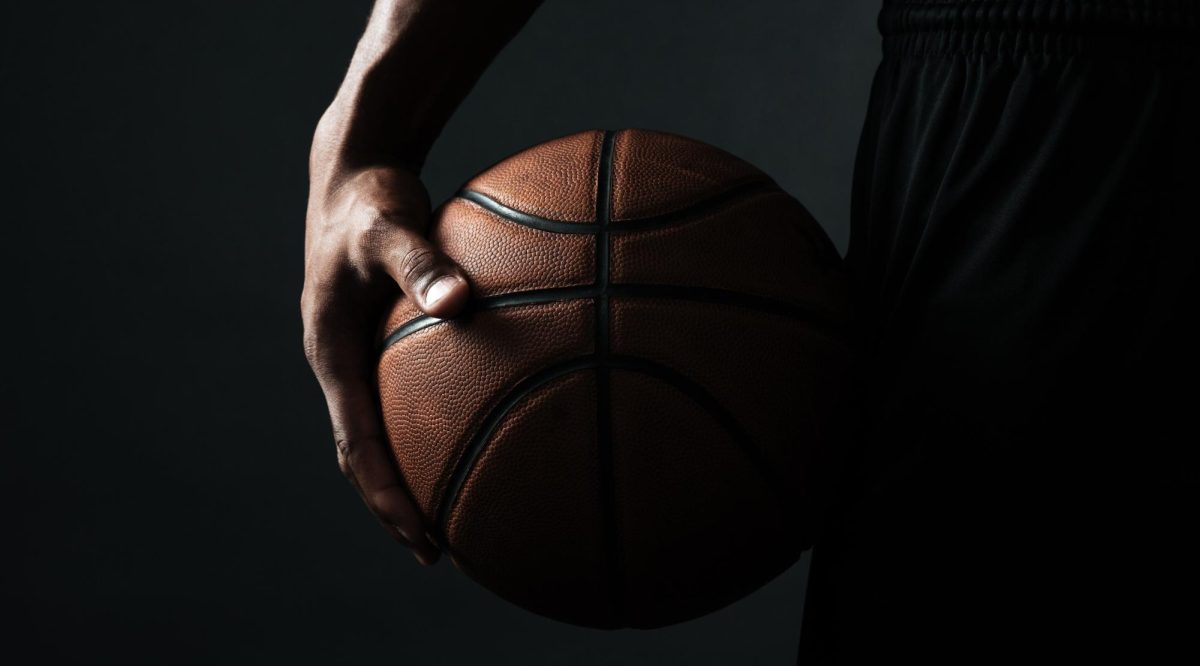The NFL, often celebrated for its high-octane passing game, has experienced a noticeable decline in the effectiveness and frequency of passing this season. Long gone are the days when quarterbacks like Tom Brady, Peyton Manning and Drew Brees regularly lit up defenses with surgical precision. Instead, the NFL has evolved into a league where passing has become less reliable and productive. This shift is especially evident in the early weeks of the 2024 season, where the statistical drop in passing has raised eyebrows across the football world.
The trend is alarming. In the first week of the 2024 season, the league saw a mere 35 touchdown passes — far lower than in previous years. For perspective, just three seasons ago in 2021, Week 1 alone saw 61 touchdown passes. In the past two seasons, total passing touchdowns have dropped by about 100, despite the addition of an extra regular-season game. Even more striking is that more than half of the league’s starting quarterbacks failed to surpass 200 passing yards in their opening games, a stark departure from the days when quarterbacks routinely threw for 300 yards and multiple touchdowns. Not only are fewer touchdowns being thrown, but the overall yardage gained through the air is plummeting as well. Through the first three weeks of the 2024 season, total passing yards per game have fallen to 403, continuing a five-year decline from 496 yards per game in 2020, marking the lowest since 1993.
The decline in passing can be attributed to several factors, with one of the most significant being the evolution of defensive schemes. In recent years, defenses have adapted to explosive passing attacks by employing two-high safety looks — such as Cover 2, Cover 4 and Cover 6. By keeping two safeties deep, defenses force quarterbacks into shorter, more conservative throws, effectively neutralizing deep passing attempts. This strategy, popularized by coaches like Steve Spagnuolo and Vic Fangio, has had a profound impact on the game. Quarterbacks are no longer able to exploit downfield opportunities as easily as they once did, leading to fewer explosive plays and a more conservative passing approach.
Another factor contributing to the decline of passing is the inconsistency in quarterback play and the influx of younger quarterbacks across the NFL. Many of the league’s young quarterbacks, still developing their skills, have struggled to adapt to the complex defensive schemes they now face. Veteran quarterbacks, while more experienced, are not as numerous as they once were, and the new generation has yet to establish itself as a dominant force. Quarterbacks like Anthony Richardson and Will Levis have faced issues with accuracy and decision-making, while rookies like Caleb Williams and Bo Nix have struggled to make an impact. The learning curve is steep, and as defenses continue to evolve, consistently producing strong passing numbers has become more difficult than ever.
Additionally, the offensive line play across the league has declined, making it harder for quarterbacks to stay upright and find time to make plays downfield. The college game, which now emphasizes spread offenses and quick passing, has produced offensive linemen who are not as well-prepared for the demands of the NFL. This has created a situation where pass protection is less reliable, leading to hurried throws and missed opportunities for big plays.
As the season progresses, it remains to be seen whether offenses can adapt to the evolving defensive strategies that have stifled the passing game. While some teams may eventually find ways to exploit defensive weaknesses, the broader trend suggests that the NFL is moving toward a more balanced — or even run-first — approach. The days of quarterbacks throwing for 400 or more yards on a regular basis may be behind us, at least for now. Instead, the future of the NFL could be one where the ground game and conservative passing dominate, creating a new era of football that mirrors the past.











